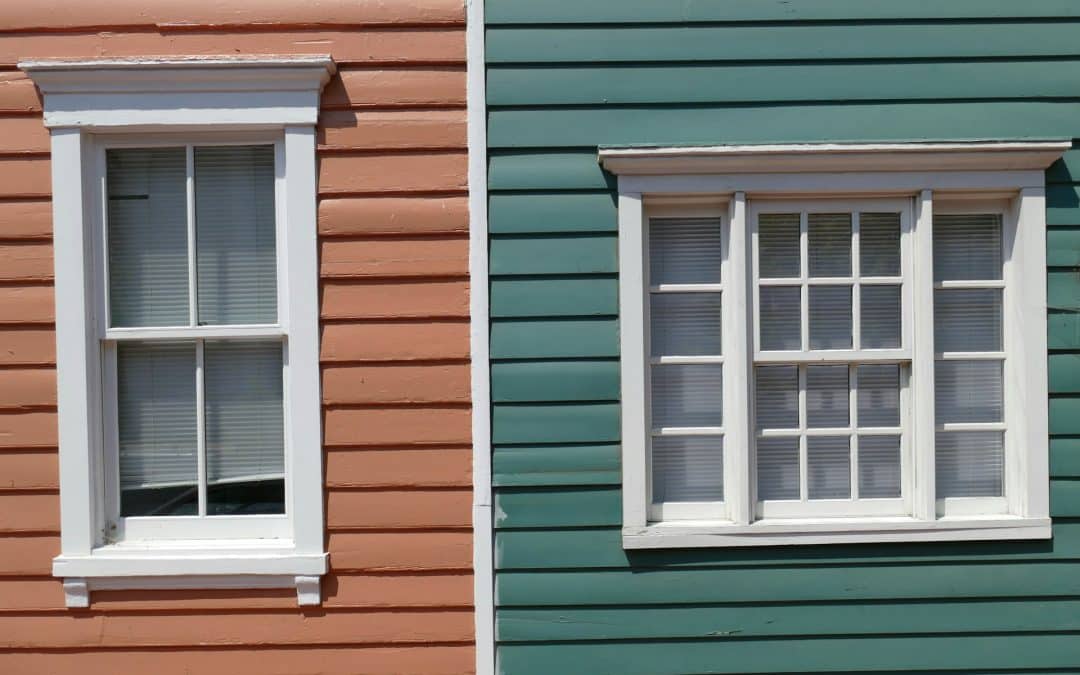A sudden whistling sound coming from your window can be both strange and distracting, especially when it happens every time a strong wind blows through. It might start off faint, but over time, that high-pitched noise tends to get louder and more persistent. It’s not just a minor annoyance. It’s often a sign that something’s not quite right with your window and shouldn’t be brushed off.
That whistle could point to real issues like gaps in sealing, damage to the frame, or even poor installation. These problems can lead to drafty spaces, energy loss, and higher utilities down the road. Let’s look at what might be causing the whistling in the first place so you can take the right steps to get things fixed.
Common Causes Of Whistling Windows
There’s a reason your window sounds like a teapot when the breeze picks up. Air is moving through a gap or opening that shouldn’t be there. That airflow, especially when squeezed through small spaces, creates vibrations or pressure differences that result in a whistling noise.
Here are the most common causes to look out for:
1. Poor Seals Around the Window
Window seals do a lot of heavy lifting. They keep outside air exactly where it belongs—outside. But when these seals wear down, break, or peel back, they leave behind tiny spaces for air to sneak through. When the wind passes over these gaps, especially at corners or along the frame, it can create a noticeable whistle.
Seals often deteriorate due to sun exposure or age. Once they’re brittle or cracked, they stop doing their job. If you live somewhere with strong seasonal changes, this kind of wear tends to show up faster.
2. Improper Window Installation
If a window doesn’t sit just right in the wall, gaps can easily form between the frame and the surrounding structure. These gaps might be hard to see with the naked eye, especially if they’re hidden behind trim or sealant. But wind will always find the path of least resistance, and when it does, the sound it makes is unmistakable.
Poor installation might also cause the window frame to flex or warp over time, which leads to more openings and weaker insulation. If your home was built or renovated recently and you’re already hearing that whistling, this could be the reason.
3. Worn Out Weatherstripping
Weatherstripping plays a huge role in preventing drafts and outdoor noise, yet it often gets overlooked. When it breaks down, peels away, or shifts out of place, it leaves tiny spaces between the sash and the frame. Wind can easily squeeze through those spaces and turn a quiet day indoors into a noisy one.
One clue that your weatherstripping might be the cause is this. The whistling stops when you press your hand along the edges of the window where the noise is coming from. That pressure blocks the airflow and the sound disappears with it.
4. Structural Problems With the Window Frame
Wood frames can warp. Vinyl or aluminum frames can bend or crack. Either way, any sort of damage to the structure of the window makes it harder to form a tight seal when the window is closed. That opens the door, literally, for wind noise.
It can be subtle, too. A frame might look fine until you realize that one corner doesn’t fit flush anymore. You might notice the window is harder to lock or a small gust of air brushes against your hand by the sill. Those are signs the frame might be at fault.
When windows start to whistle, your home is trying to tell you something. Understanding what’s causing it is your first step toward fixing it for good.
Quick Fixes To Stop The Whistling
Once you’ve figured out where the whistling is coming from, the next step is getting it to stop. In some cases, the fix can be pretty simple. In others, you’ll need help from a professional who knows how to fix or replace parts without causing more issues down the line.
Here are a few common ways to stop the wind noise from bothering you at home:
– Inspect and Seal Gaps
Sometimes, the issue boils down to small air leaks around the window frame or sash. You might feel air with your hand or even spot visible light coming through. Sealing these gaps with weather-grade caulk or backer rod can help tighten things up. But keep in mind, if the window wasn’t installed right in the first place or has settled awkwardly over time, you’ll likely need a more involved solution.
– Replace Worn Weatherstripping
If the whistling is being caused by failed weatherstripping, replacing it with a fresh, snug-fitting strip often makes a big difference. New weatherstripping can help reduce wind noise and also keep your home better insulated year-round. This is usually something best handled by someone trained to ensure it’s fitted properly, especially if several windows need attention.
– Fix Installation Problems
Improper installation might not be something you catch until years later. But once you do, it’s smart to have the entire setup checked. Sometimes, the window can be realigned or shimmed to seal better. In more serious cases, full removal and professional reinstallation is the safest way to stop the noise and keep other issues from showing up down the line.
Each fix depends on what exactly went wrong in the first place. A quick patch might buy you some time, but it won’t always solve the root problem. Taking care of things properly helps avoid repeat issues as seasons change and winds pick back up.
When To Consider Window Replacement
When a window keeps letting wind in no matter what repairs you’ve tried, it might be time to start thinking bigger. Older windows, especially ones with single-pane glass or warped frames, just weren’t built to stand up to everyday weather the way newer models can.
Here are a few signs that window replacement may be the better route:
– You hear wind noise even when your window looks closed and sealed
– The glass fogs up or collects moisture between panes
– The frame is cracked, warped, or out of square
– Your energy bills keep climbing, especially during hot or cold months
– Repairs don’t hold up and the same issues keep coming back
With newer windows, you’ll get better insulation, improved soundproofing, and a seal that holds up against wind. Many replacement options are built to limit air infiltration, which can mean a quieter, more comfortable home. You’ll also get hardware that locks properly and runs smoothly, which is a big plus for day-to-day use.
Take an older home, for example. A house built before the 1990s with the original windows often ends up costing more just to heat or cool because of drafts sneaking in. Replacing those aging windows helps control the indoor temperature better and gets rid of those annoying sounds every time it’s breezy out.
If your windows whistle and show other signs of wear, fixing one issue might not be enough. In those cases, starting fresh with a quality window replacement is usually a smarter long-term choice.
Say Goodbye To Noisy Windows
A whistling window might feel like a small problem at first, but it often points to larger gaps in your home’s comfort and energy control. Left alone, it can lead to rising utility bills, inconsistent temperatures, and daily frustration.
It doesn’t have to stay that way. Whether it’s resealing a drafty frame, replacing worn-out materials, or installing new windows that actually close tight, the fix is out there. Getting rid of that whistling noise means creating a space you actually enjoy spending time in without the hum of wind creeping through every time.
If you’re tired of dealing with noisy windows and want to explore a more lasting solution, consider upgrading to modern options. Discover the benefits of window replacement that not only enhances your home’s comfort but also improves its energy efficiency. American Windows of DFW is ready to help you transform your living space with top-quality, hassle-free installations.

